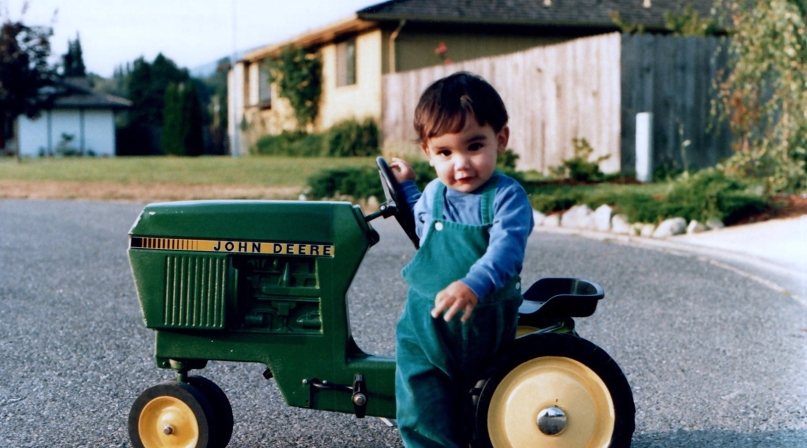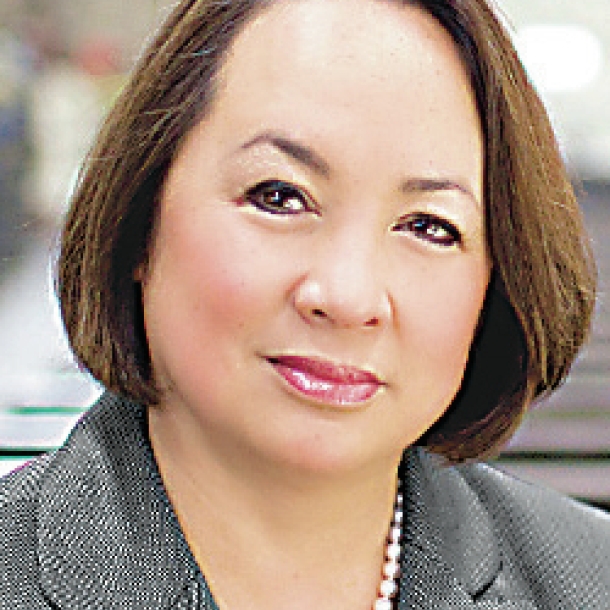A mother’s call to action

Key Takeaways
Nature seems out of order when a parent stands at the grave of their child. Patrick was my little boy, the youngest of five children. I cried the first time he wrestled as a 4-year old, because he cried when he lost. I cried when he would not let me drive him to the first day of kindergarten because he wanted to ride the bus with the big kids. And I cried when he fell and broke his back while pole climbing at a logging demonstration.
For the next 10 years, Patrick fought chronic back pain. In September 2016, he told me he was addicted to prescription pain pills and that he was checking himself into treatment. Patrick spent five weeks in treatment, motivated to be back before November so he could go on a hunting trip with his dad, brothers and cousins.
Do More
You can reach Commissioner Janicki at: ljanicki@co.skagit.wa.us.
He made that hunting trip and life returned to a guarded form of normal. Patrick resumed his work in logging and attended multiple support group meetings every week. On Christmas morning, he announced that he was 100 days sober. I was stunned. I didn’t know what to say but his siblings congratulated him. My conversations about his recovery were limited and I now know I did not ask enough questions.
On Aug. 4, 2017, Mike went to the house to find out why Patrick wasn’t at work. Patrick told his dad he had taken an oxycontin pill and had been coughing up blood. Mike called 911 and then called me. Patrick walked out to the ambulance and asked his dad to bring his shorts and shoes. Before he got to the emergency room, Patrick went into cardiac arrest. After 40 minutes of CPR, the medics and the ER doctors restarted Patrick’s heart. He spent the next two weeks in a coma and gave us the opportunity to say goodbye.
On Aug. 18 at the age of 30, Patrick lost his battle against addiction. We may never know exactly what Patrick took, but it wasn’t Oxy — that didn’t show up on the tox screen. And he didn’t respond to Narcan, which should have reversed an opiate overdose. After a decade of addiction, Patrick lost his personal battle, but we cannot lose the bigger war.
Addiction affects all of us, yet it’s a topic we rarely broach with friends. Since Patrick died, dozens of people have shared their deeply personal struggles with addiction. Some are celebrating recovery, others are still trying to find their way out. We all probably know a family member, a co-worker or a friend who uses drugs or alcohol. Patrick would say: “Do something. Help them. They cannot help themselves.” Patrick got friends to go to treatment after he completed his program. We should be like Patrick.
Patrick had more opportunity than most. He was an Eagle Scout, a Rotarian and a college graduate. He worked full time and had health insurance. He had a gigantic network of family and friends who loved and supported him. He knew he was an addict and sought treatment on his own, yet that wasn’t enough.
My plea to our community is that we learn to talk about addiction and recovery. It breaks my heart when friends tell me they assume opioid use “is a choice” that addicts make, inferring they could also “choose” to quit.
Together, let’s learn about the science behind substance use. Let’s learn to talk about what it takes to get clean and sober. Let’s celebrate recovery — the first 100 days, the first year, the 10th year and beyond.
Addiction is not a moral failing. It is not a personal flaw. It is a medical disease. The physical changes that happen to a brain are real. And like asthma, diabetes or epilepsy, addiction is a chronic disease. There is no quick or easy fix. Addiction requires professional treatment, access to resources, and maybe most importantly, compassion and support. Judgement will not cure addiction. Ignoring the problem will not save the addict. We can afford to be neither judgmental or complacent. We must be moved to action.
Here’s what Pat would want you to do. Get educated. Do your research. Patrick knew he was an addict. He tried to help himself. He helped his friends in the same situation. Don’t be afraid to talk about addiction and ask about recovery. We must normalize the conversation and break this code of silence.
After Patrick died, we found a handwritten entry in his recovery journal on his night stand. It started “Dear Mom and Dad” and went on to explain that he needed to go back to treatment and was hoping that we would attend a family treatment program with him. If only I would have asked how he was doing a little sooner, perhaps I wouldn’t have had to plan his funeral.
Patrick was my little boy.

This story originally ran in the Sedro-Woolley City Scene Magazine, August 2018 issue and is reprinted with permission. Sedro-Woolley City Scene is published quarterly by Philips Publishing Group under contract to the city of Sedro-Woolley.
Attachments
Related News

County Countdown – Dec. 15, 2025
Every other week, NACo's County Countdown reviews top federal policy advocacy items with an eye towards counties and the intergovernmental partnership.
Stretching small opioid settlement allocations helps funding do more
States and localities are set to receive $56 billion in opioid settlement dollars over an 18-year period, but not every county that receives settlement funding will get enough to build out infrastructure.
